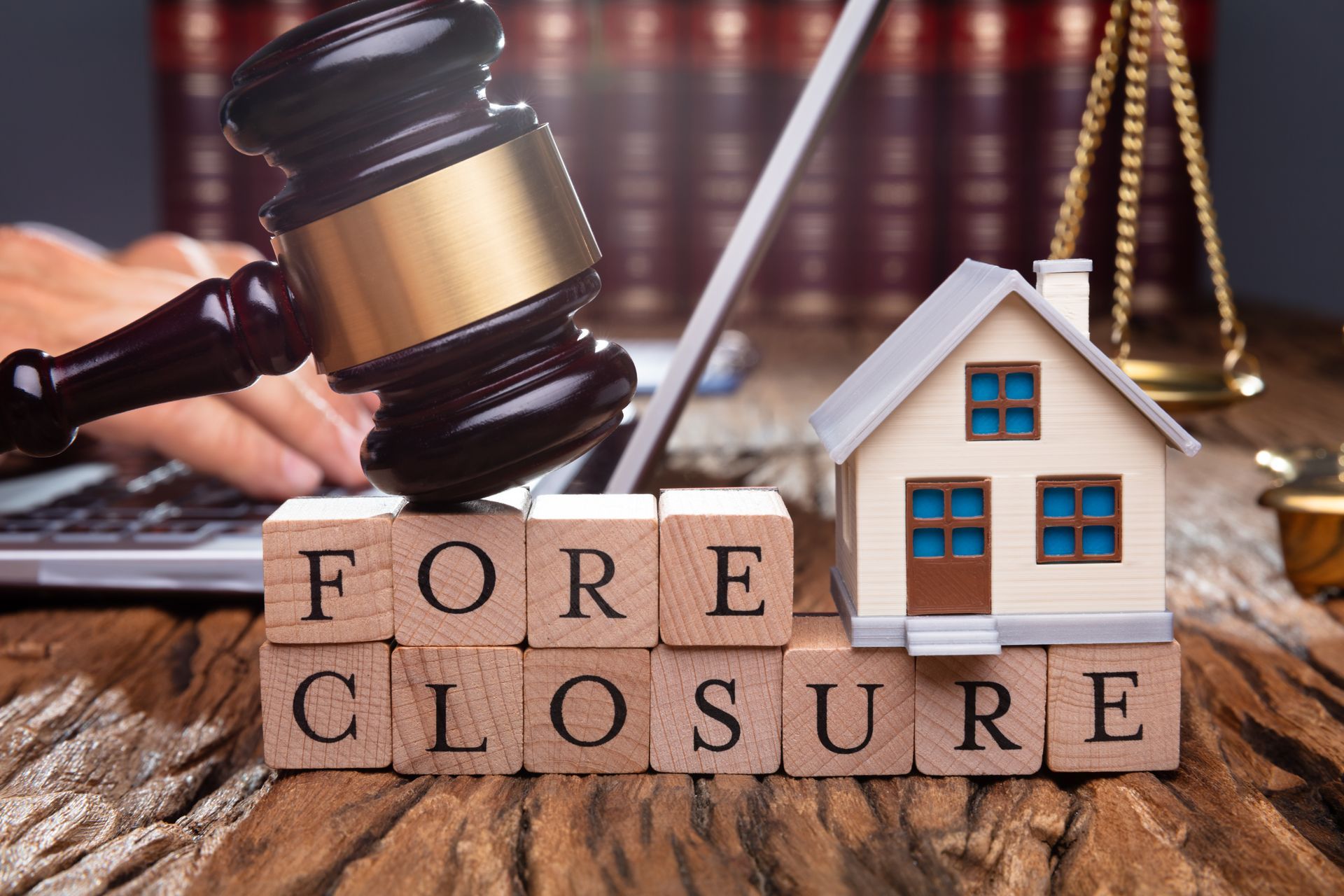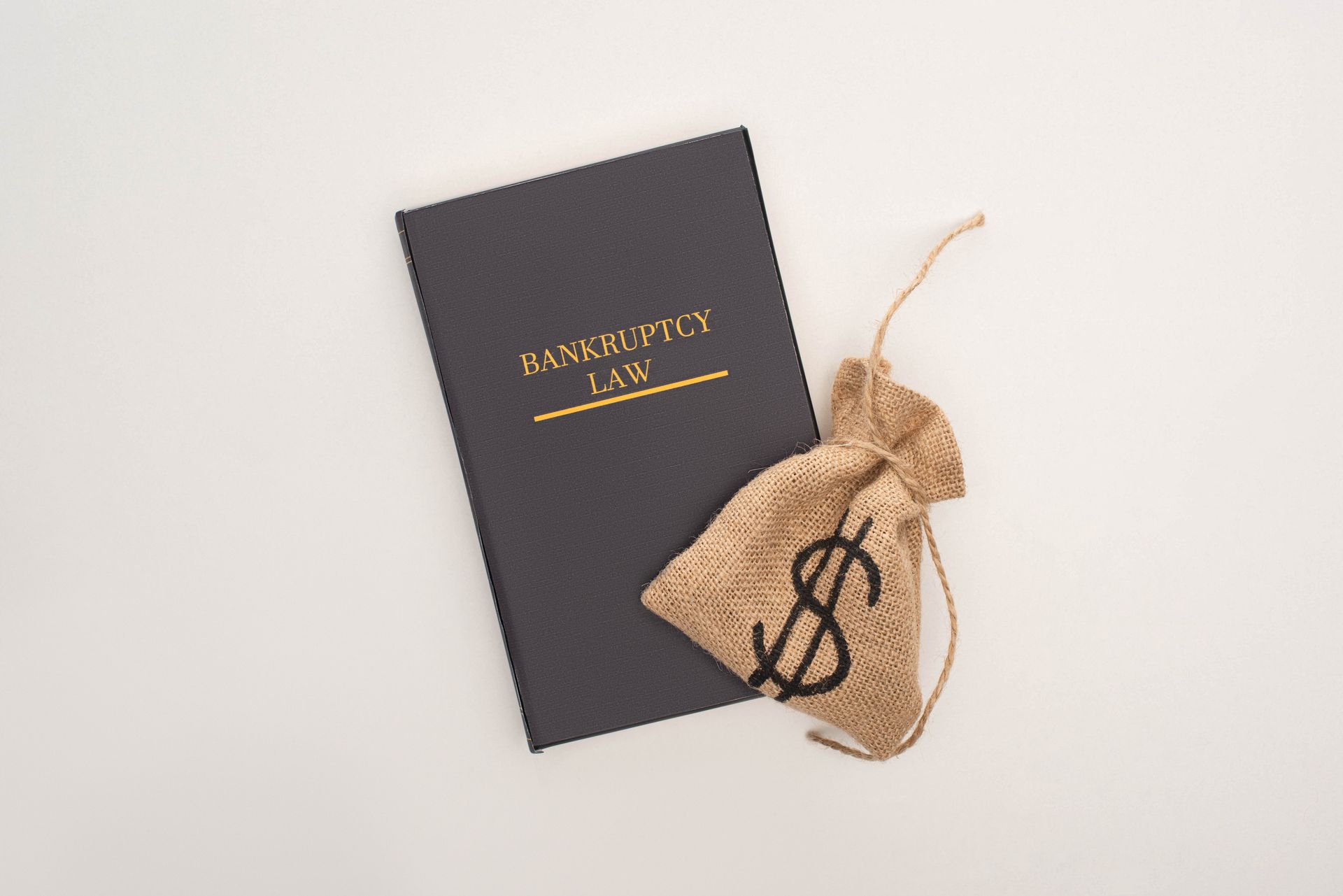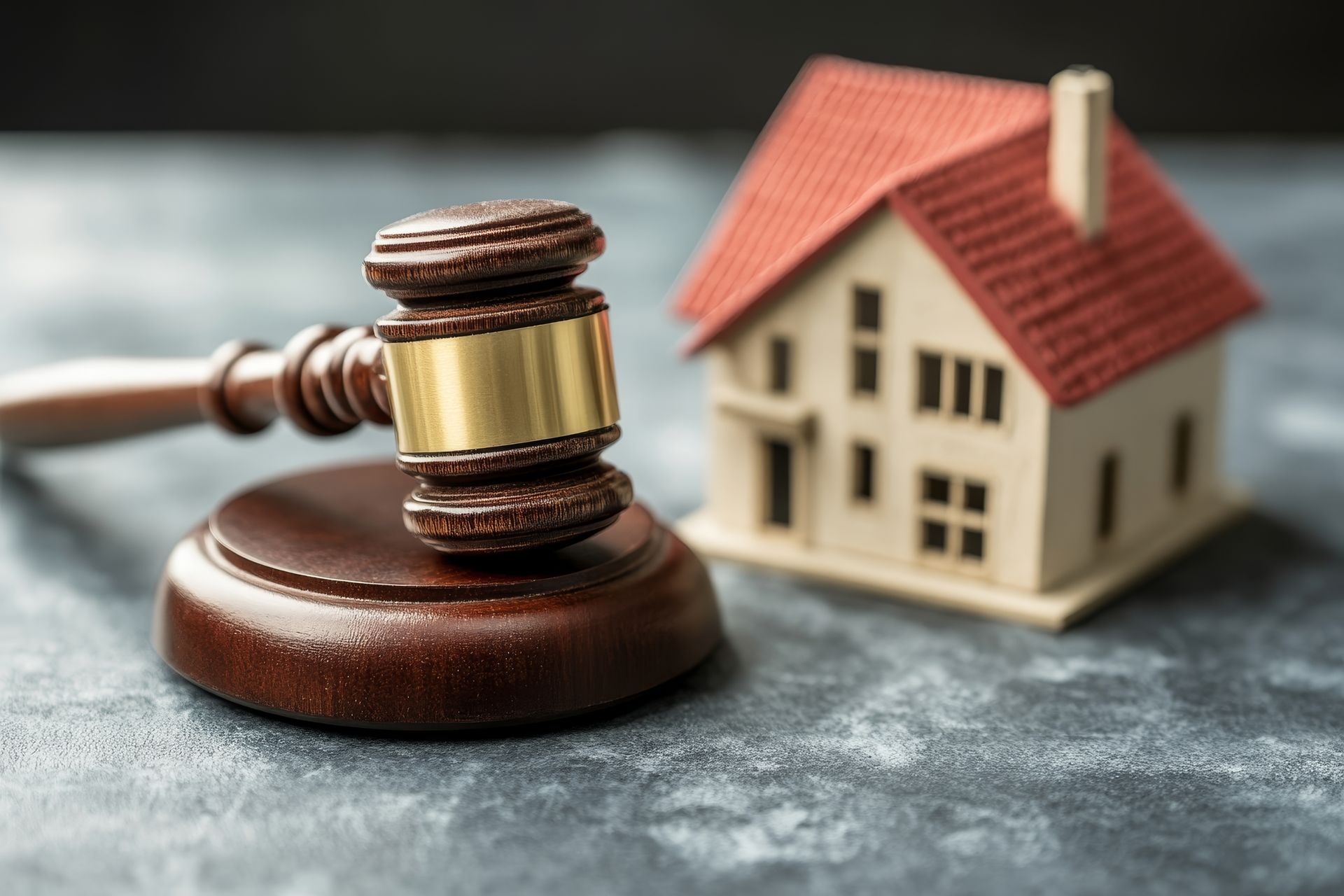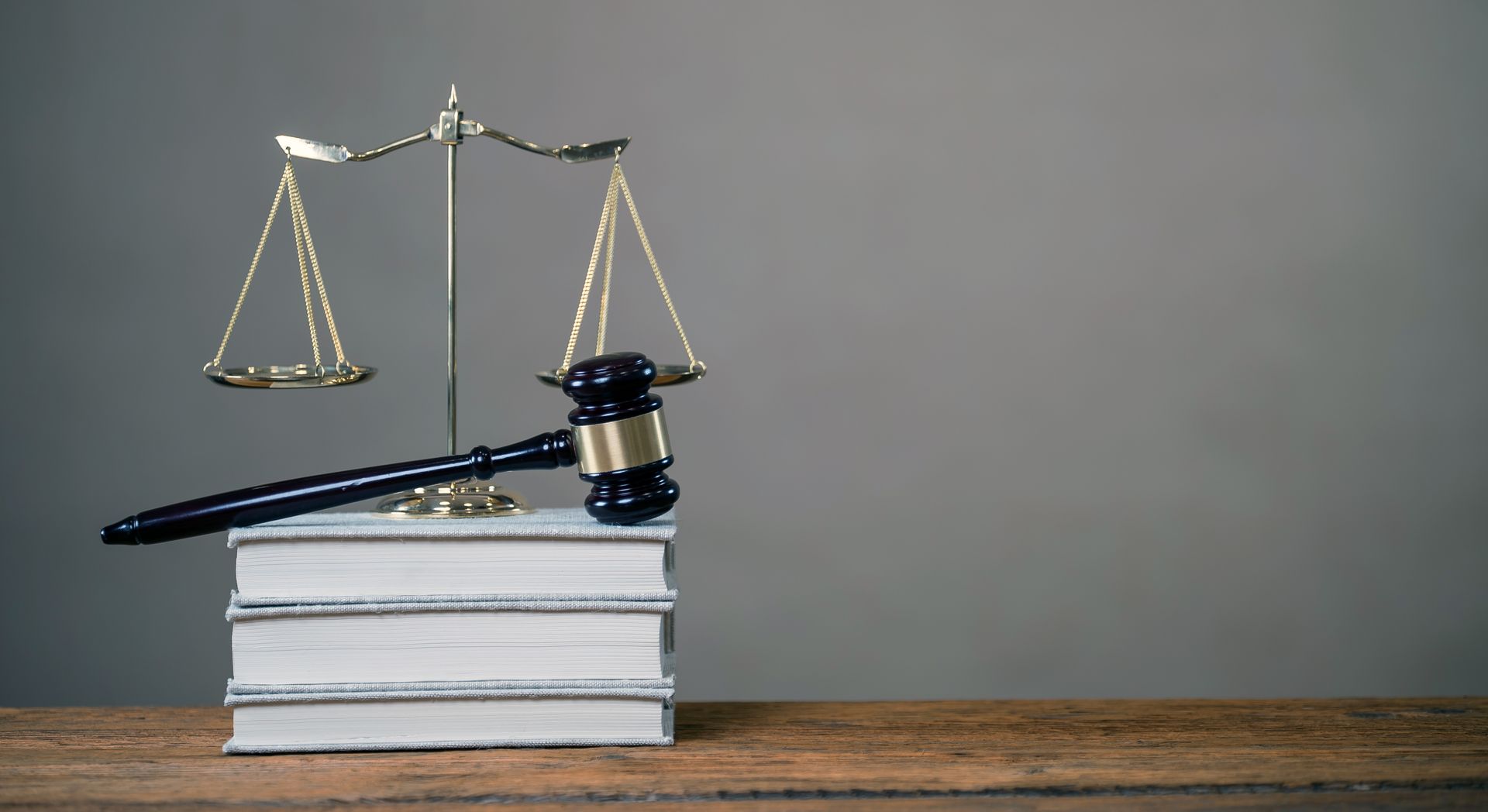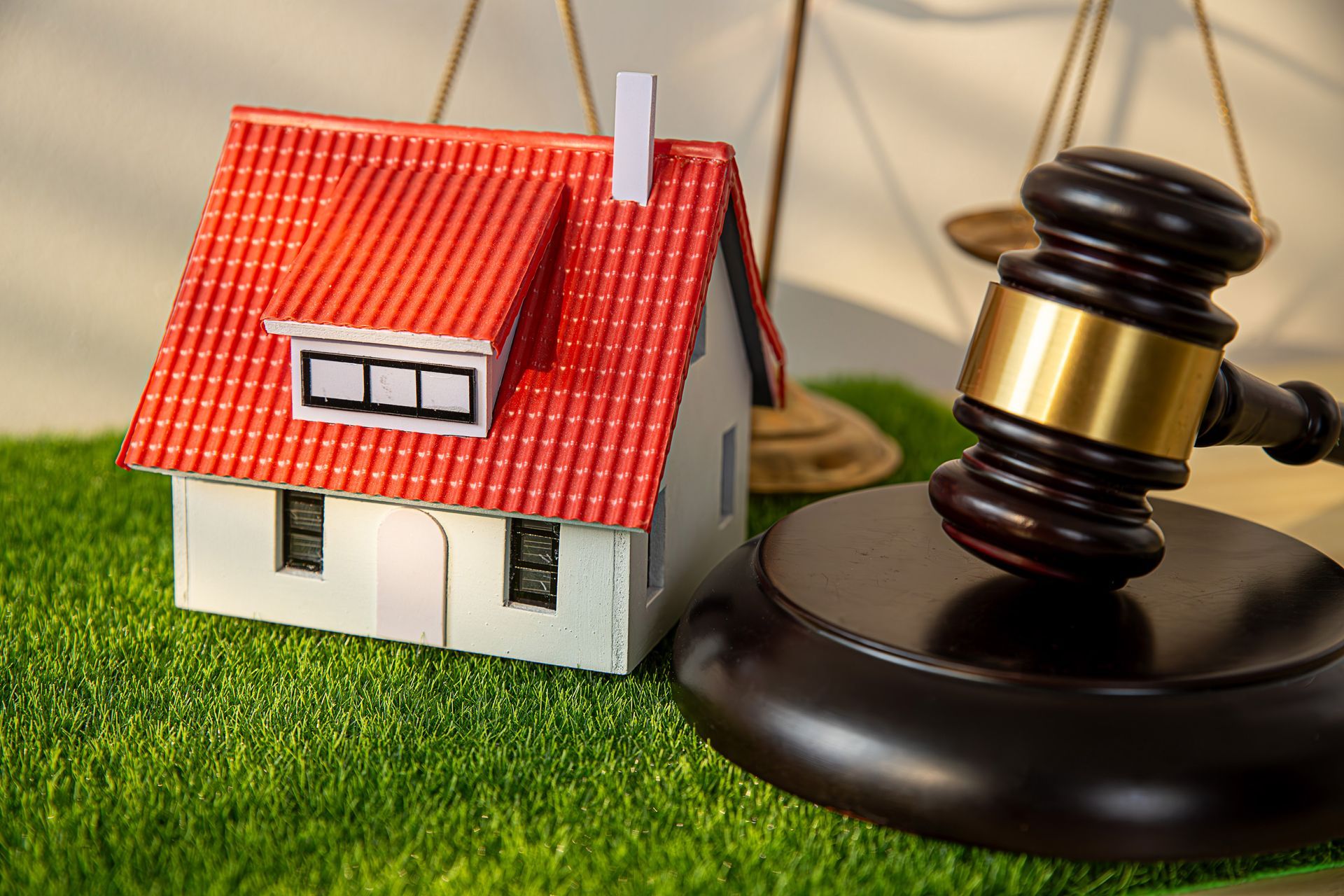Small Business Bankruptcy Options: Chapter 11 or Chapter 13
November 30, 2020
If you're a small business owner who is thinking about filing a bankruptcy case, you may be wondering which option is better: chapter 11 reorganization or chapter 13. There are several factors involved in a successful reorganization and relief from debt collection practices according to bankruptcy law, and in this article, you will learn more about both chapter 11 reorganization and chapter 13.
If you are a small business owner and you have questions about filing a chapter 11 or chapter 13 bankruptcy petition for your business,
schedule your free consultation
with the Law Offices of B. David Sisson.
In addition to the filing of the petition, there must also be schedules prepared that list the assets and liabilities of the business, a schedule that lists the executory contracts and unexpired leases, and a statement of financial affairs. Any business filing a chapter 11 reorganization must complete credit counseling and file the certificate of credit counseling with the bankruptcy court. Once the bankruptcy petition and the schedules are filed, an automatic stay is issued. An automatic stay, once issued by the bankruptcy court, stops creditors from engaging in collection activities, including foreclosures and repossessions. It also puts a stop to the ongoing collection calls and letters as well. However, there are certain instances where a secured creditor can get permission from the bankruptcy court to receive relief from the automatic stay and begin collection activities again. An example would be to foreclose on the property so that they can sell the property and apply the funds received for it to the outstanding debt. The creditor claims, which are listed on the liability schedules, are made part of the debt repayment plan. The major difference between a chapter 11 reorganization and a chapter 13 bankruptcy is in court approval of the plan. Court approval of the plan can take place despite the objections of the creditors.
The plan can be modified after it has been confirmed and under certain circumstances, but only "if circumstances warrant such modification" and the court is notified and agrees that the plan should be modified. Requests to modify the plan can be made by the debtor-in-possession, the trustee, the United States Trustee, or an unsecured creditor. Another significant difference between chapter 11 and chapter 13 bankruptcy cases is when the debtor receives the discharge. The discharge in chapter 11 is provided after the confirmation of the plan takes place. In chapter 13, the discharge for the debtor does not occur until after all of the payments have been made by the debtor, which takes between three to five years. The filing fee for a chapter 11 reorganization is $1,167 and a $550 miscellaneous administrative fee. These are fees that are paid to the court. With the bankruptcy court's permission, you may be allowed to pay these fees in up to four installments.
Bankruptcy law also requires that anyone filing for chapter 13 to complete credit counseling. Once the bankruptcy petition, schedules, and credit counseling are on file with the bankruptcy court, the automatic stay is issued. The automatic stay is important because it stops collection activities from creditors. This includes:
A debt repayment plan must be created by the debtor, and it must be submitted for court approval. The debt must be repaid over a term of three to five years using the debtor's disposable income. This highlights the importance of submitting the income and expenses to the bankruptcy court when the bankruptcy petition was initially filed. The goal of the bankruptcy court isn't to make the debtor suffer: the bankruptcy court wants to make sure that the debtor can continue to pay their monthly expenses.
It is up to the debtor to ensure that they make the planned payments on time to the trustee. The trustee will permit the debtor to pay them directly or through payroll deduction. Debtors may not take on new debt without first getting permission from the trustee. The reason that bankruptcy law is set up in this manner is that taking on more debt while making chapter 13 plan payments could make it impossible to continue to make the payments. Keep in mind that the point of a chapter 13 bankruptcy case is to use all of the disposable income available to pay off debts.
The discharge for Chapter 13 bankruptcy is received after the payment plan is completed according to bankruptcy laws. This includes paying off any domestic support obligations that were due as well.
Chapter 11 Reorganization for Small Business
Chapter 11 reorganization is only available for small businesses classified as a corporation or partnership of some kind. This includes the ever-popular LLC. If you are a sole proprietor, you are not eligible to file this type of bankruptcy case as you are considered an individual in the eyes of the bankruptcy court. Bankruptcies filed under chapter 11 are reserved specifically for business entities. Chapter 11 reorganization does operate a little bit differently than chapter 13, although its goal is to allow for the successful reorganization of the business. First, the bankruptcy case is filed. Generally, it is a voluntary bankruptcy petition. There are instances where it is involuntary and forced by the creditors of the business.In addition to the filing of the petition, there must also be schedules prepared that list the assets and liabilities of the business, a schedule that lists the executory contracts and unexpired leases, and a statement of financial affairs. Any business filing a chapter 11 reorganization must complete credit counseling and file the certificate of credit counseling with the bankruptcy court. Once the bankruptcy petition and the schedules are filed, an automatic stay is issued. An automatic stay, once issued by the bankruptcy court, stops creditors from engaging in collection activities, including foreclosures and repossessions. It also puts a stop to the ongoing collection calls and letters as well. However, there are certain instances where a secured creditor can get permission from the bankruptcy court to receive relief from the automatic stay and begin collection activities again. An example would be to foreclose on the property so that they can sell the property and apply the funds received for it to the outstanding debt. The creditor claims, which are listed on the liability schedules, are made part of the debt repayment plan. The major difference between a chapter 11 reorganization and a chapter 13 bankruptcy is in court approval of the plan. Court approval of the plan can take place despite the objections of the creditors.
Debtor-In-Possession
Another difference between a chapter 11 bankruptcy case and a chapter 13 bankruptcy case is that the debtor is known as a “debtor-in-possession.” The debtor remains in possession of the business. It continues, by and large, to operate as normal, although some difficult decisions need to be made to trim the business. There are instances where the bankruptcy court made decide to appoint a trustee. If a trustee is appointed, the trustee has the ability to act as the CEO. This includes the power to take over bank accounts, make hiring and firing decisions, liquidate assets, and work with creditors. The payments to creditors are made according to the confirmed plan which is arranged according to the class of creditors. According to bankruptcy law, impaired claims will be paid less than their full value.The plan can be modified after it has been confirmed and under certain circumstances, but only "if circumstances warrant such modification" and the court is notified and agrees that the plan should be modified. Requests to modify the plan can be made by the debtor-in-possession, the trustee, the United States Trustee, or an unsecured creditor. Another significant difference between chapter 11 and chapter 13 bankruptcy cases is when the debtor receives the discharge. The discharge in chapter 11 is provided after the confirmation of the plan takes place. In chapter 13, the discharge for the debtor does not occur until after all of the payments have been made by the debtor, which takes between three to five years. The filing fee for a chapter 11 reorganization is $1,167 and a $550 miscellaneous administrative fee. These are fees that are paid to the court. With the bankruptcy court's permission, you may be allowed to pay these fees in up to four installments.
Chapter 13 Bankruptcy for Small Business
Chapter 13 bankruptcy cases can be filed by sole proprietors. A sole proprietor is an individual who is operating as a business and has not formally incorporated or became a partnership. In other words, they are acting in a business sense but they are still an individual. So, if your name is Jane Jones and you do bookkeeping out of your home as Jones Bookkeeping Services but you are not incorporated in any way, you are most likely a sole proprietor. If you needed to file a small business bankruptcy, you would not be eligible to file for a chapter 11 bankruptcy case since you are an individual. However, chapter 13 would permit the debtor (you, as a small business owner) to reorganize while still remaining in business. So, you would still be, in effect, a debtor-in-possession similar to a chapter 11 reorganization. Let's look at how a bankruptcy filed under chapter 13 works. Chapter 13 bankruptcy can be used by a sole proprietor for a successful reorganization of their business as long as they do not exceed the debt ceiling of $394,725 for unsecured creditors and $1,184,200 for secured creditors.The purpose of chapter 13 is to seek the protection of a bankruptcy court while also allowing the debtor to repay some or all of their debts.Unsecured creditors will receive a portion of what is owed to them. It allows the debtor to keep their assets, including catching up payments with secured creditors. It allows a special class of creditors known as priority creditors or priority claims to be paid in full. Examples include certain back taxes and domestic obligations such as child support and alimony. To file for chapter 13, a bankruptcy petition must be filed along with the proper schedules that explain the assets and liabilities. There must also be a schedule of income and expenses placed on file with the bankruptcy court as well. This is because the bankruptcy court will use this information when it is time to confirm the plan of repayment. If there are executory contracts and unexpired leases, a schedule that lists these items must also be included. A statement of financial affairs must also be included.
Bankruptcy law also requires that anyone filing for chapter 13 to complete credit counseling. Once the bankruptcy petition, schedules, and credit counseling are on file with the bankruptcy court, the automatic stay is issued. The automatic stay is important because it stops collection activities from creditors. This includes:
- Wage garnishments
- Foreclosures
- Repossessions
- Collections phone calls
- Lawsuits related to collections
A debt repayment plan must be created by the debtor, and it must be submitted for court approval. The debt must be repaid over a term of three to five years using the debtor's disposable income. This highlights the importance of submitting the income and expenses to the bankruptcy court when the bankruptcy petition was initially filed. The goal of the bankruptcy court isn't to make the debtor suffer: the bankruptcy court wants to make sure that the debtor can continue to pay their monthly expenses.
Trustee Appointment
A trustee is appointed in the chapter 13 bankruptcy case to oversee the process. After court approval of the repayment plan, the payments are made directly to the trustee. The payments must start within 30 days of filing the bankruptcy case even if the plan has yet to be approved by the court. The trustee distributes the payments to the creditors "as soon as practicable" after the plan is confirmed. If the plan is not confirmed, the debtor can modify the plan. Another option is to convert the plan to chapter 7. Priority claims receive the full amount of what is owed to them. Secured creditors generally receive at least the value of the collateral. Unsecured creditors receive a portion of what is owed to them.It is up to the debtor to ensure that they make the planned payments on time to the trustee. The trustee will permit the debtor to pay them directly or through payroll deduction. Debtors may not take on new debt without first getting permission from the trustee. The reason that bankruptcy law is set up in this manner is that taking on more debt while making chapter 13 plan payments could make it impossible to continue to make the payments. Keep in mind that the point of a chapter 13 bankruptcy case is to use all of the disposable income available to pay off debts.
The discharge for Chapter 13 bankruptcy is received after the payment plan is completed according to bankruptcy laws. This includes paying off any domestic support obligations that were due as well.
Hardship discharges for chapter 13 bankruptcy cases do exist, but only for circumstances that are considered beyond the debtor's control and through no fault of the debtor.Additionally, to qualify for a hardship discharge, creditors must be at a point where they would have received as much as they would have if the debtor would have filed a chapter 7. Finally, a modification of the plan must not be possible. Illness and injury are not generally considered sufficient for a hardship discharge under bankruptcy law.
Successful Reorganization for Your Small Business
Successful reorganization for your business requires a lot of careful consideration. While chapter 11 reorganization and chapter 13 bankruptcy are similar, they have their differences. Ultimately, it is a decision that you should explore with a bankruptcy attorney. Here are some key takeaways:- Individuals who are considered sole proprietors cannot file a chapter 11 reorganization.
- Individuals who are sole proprietors can file chapter 13 for reorganization as long as they do not exceed the debt ceiling.
- Chapter 11 discharges are received for a business after the repayment is confirmed.
- Chapter 13 discharges are received after the repayment plan is completed which takes three to five years.
Learn More About Small Business Bankruptcy
If you have a small business and you are exploring the possibility of bankruptcy, the Law Offices of B. David Sisson provides free consultations. We know that determining whether bankruptcy is right for your business can be difficult. We're here to help.
When a small business files for bankruptcy, what happens to employees? Will they still have their jobs? Will the business be required to pay their employees? Small business bankruptcy can be incredibly scary for both small businesses and their employees. Here's what happens under the bankruptcy code to employees after small businesses file for bankruptcy to get help with their business debt.
